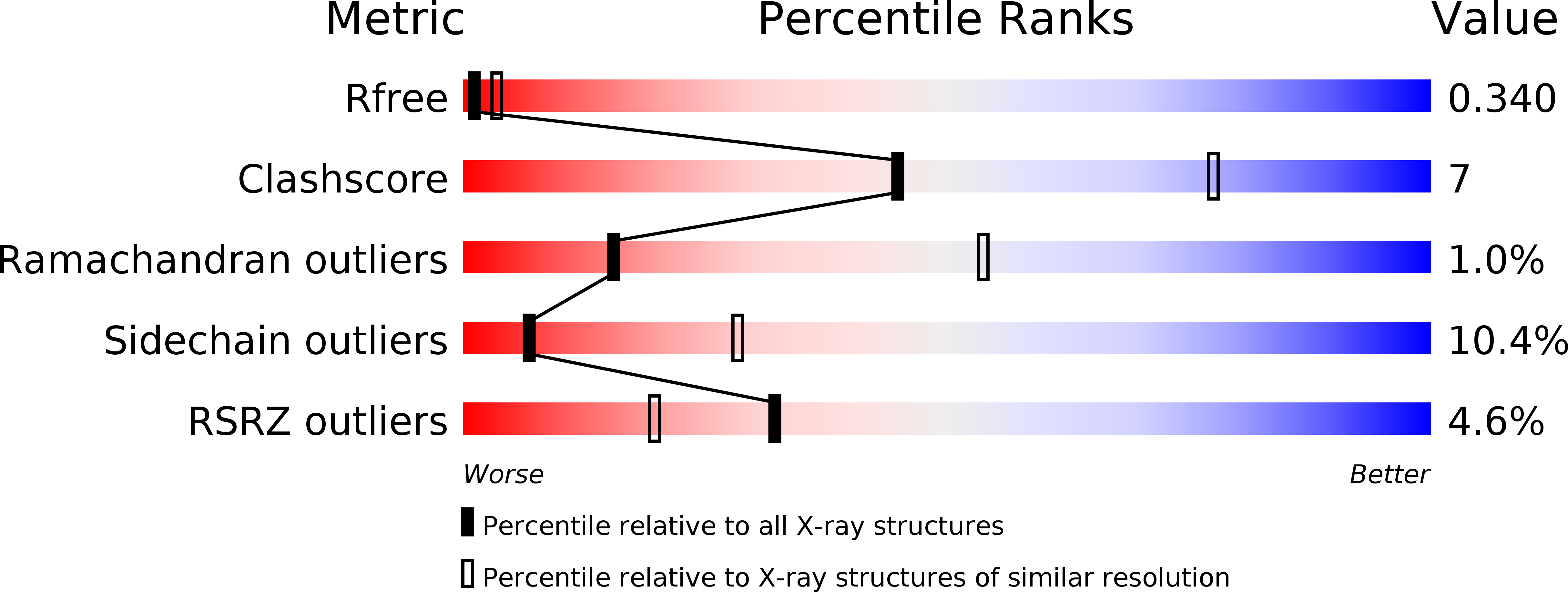
Deposition Date
2015-02-23
Release Date
2015-08-19
Last Version Date
2024-10-16
Entry Detail
PDB ID:
4YEB
Keywords:
Title:
Structural characterization of a synaptic adhesion complex
Biological Source:
Source Organism:
Mus musculus (Taxon ID: 10090)
Host Organism:
Method Details:
Experimental Method:
Resolution:
3.19 Å
R-Value Free:
0.33
R-Value Work:
0.25
R-Value Observed:
0.26
Space Group:
P 31 2 1


